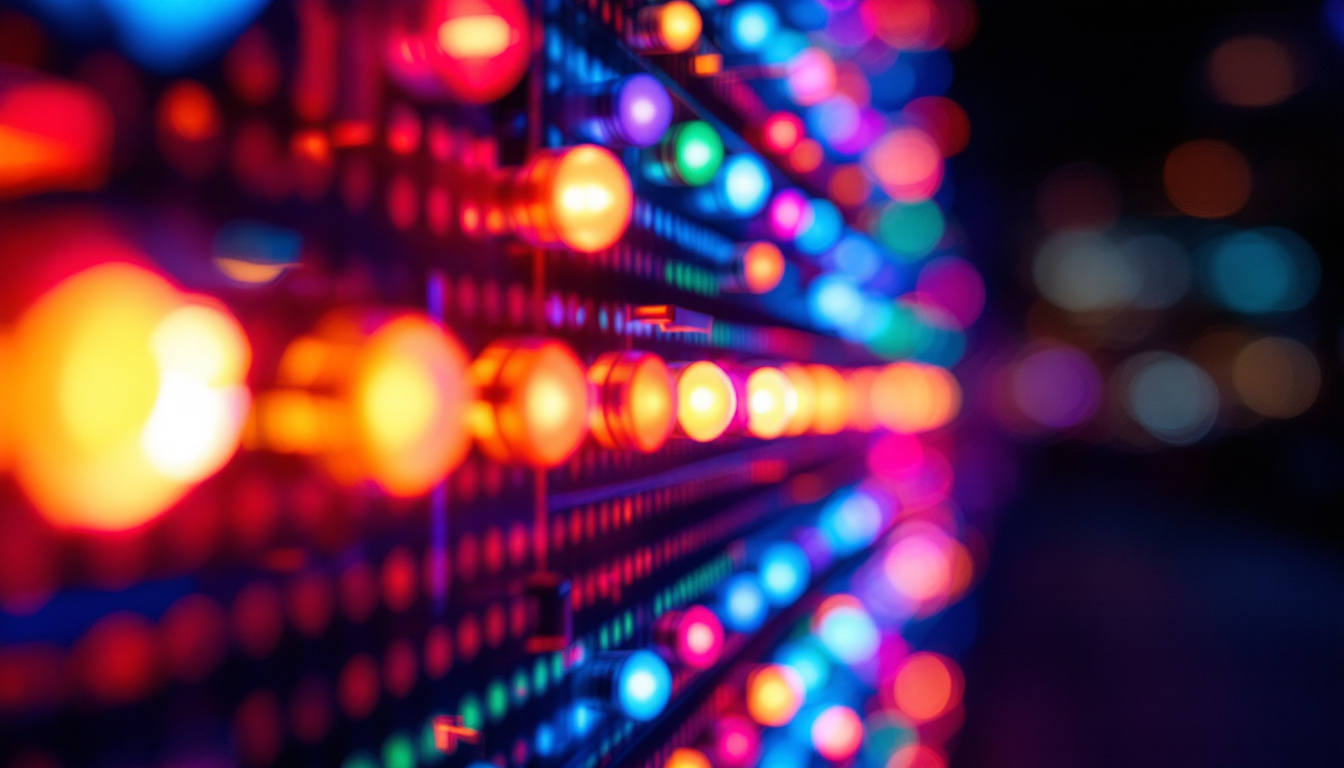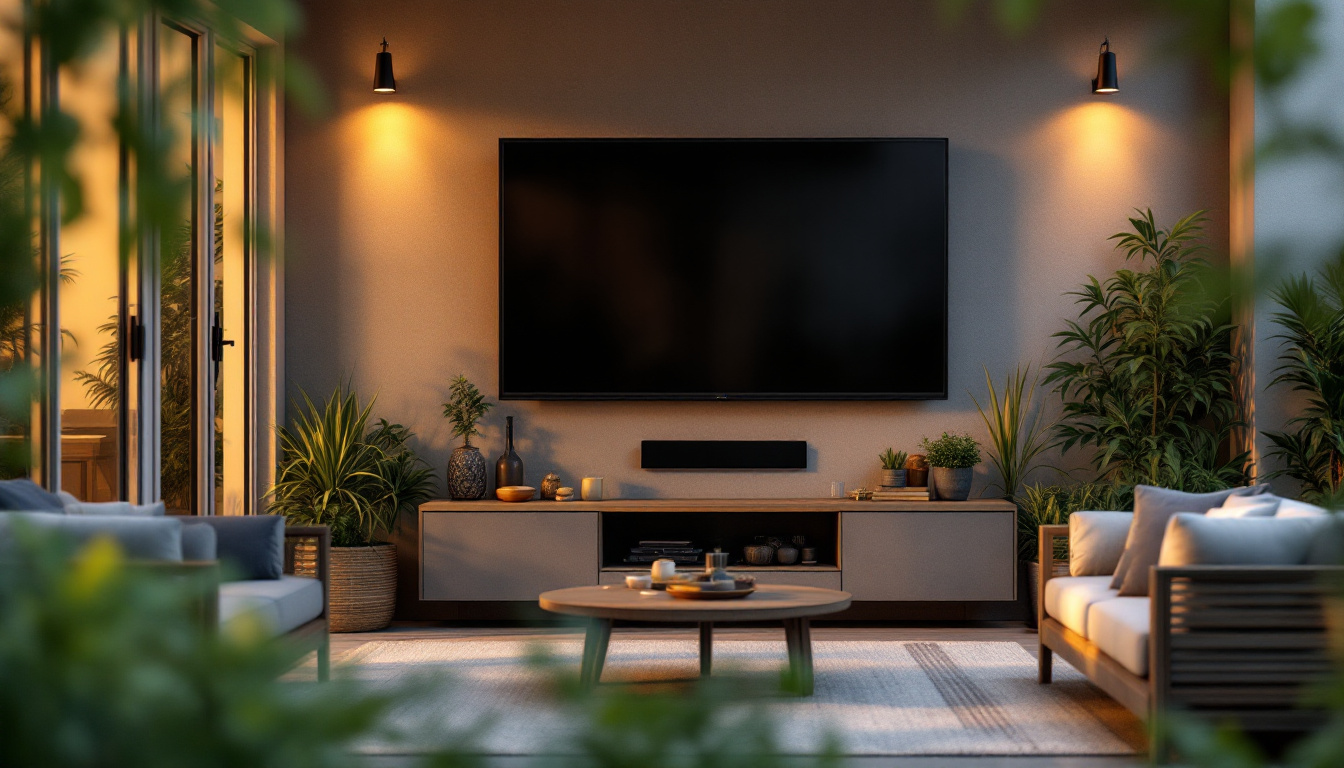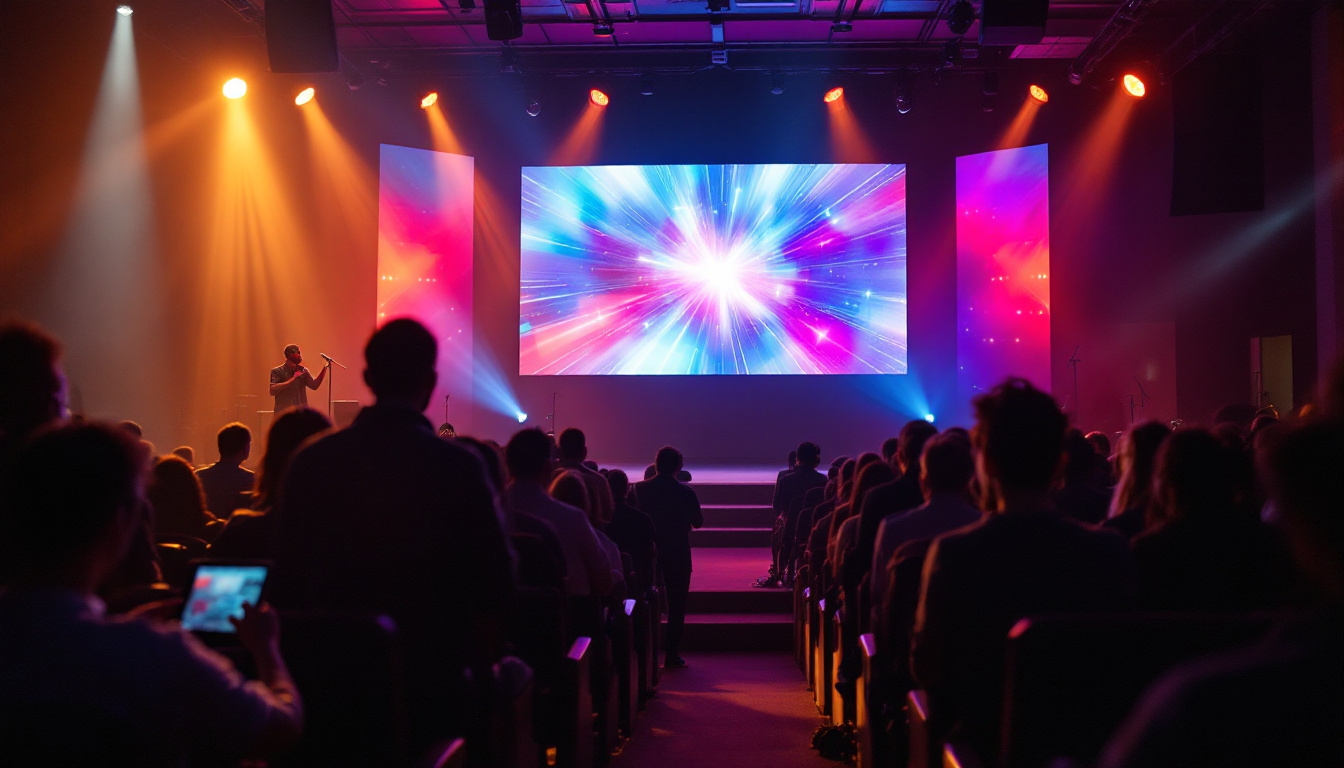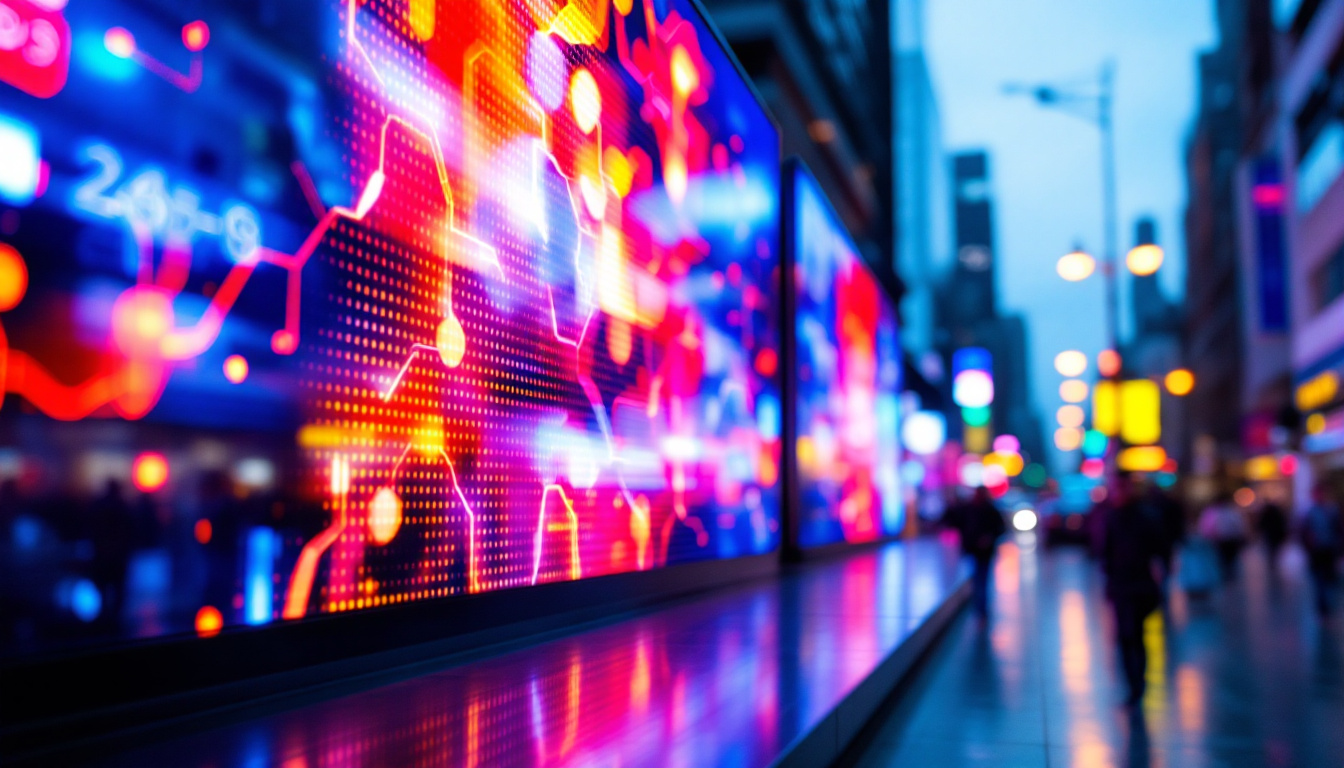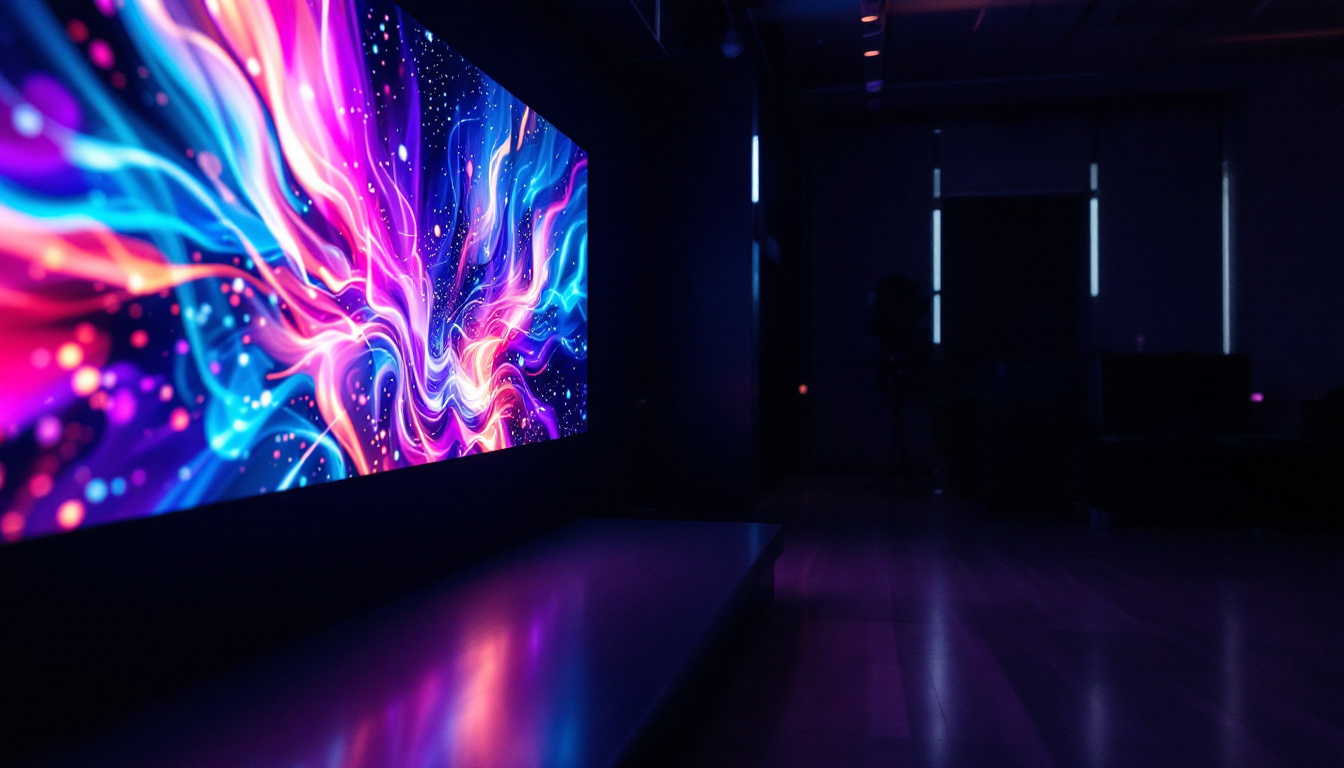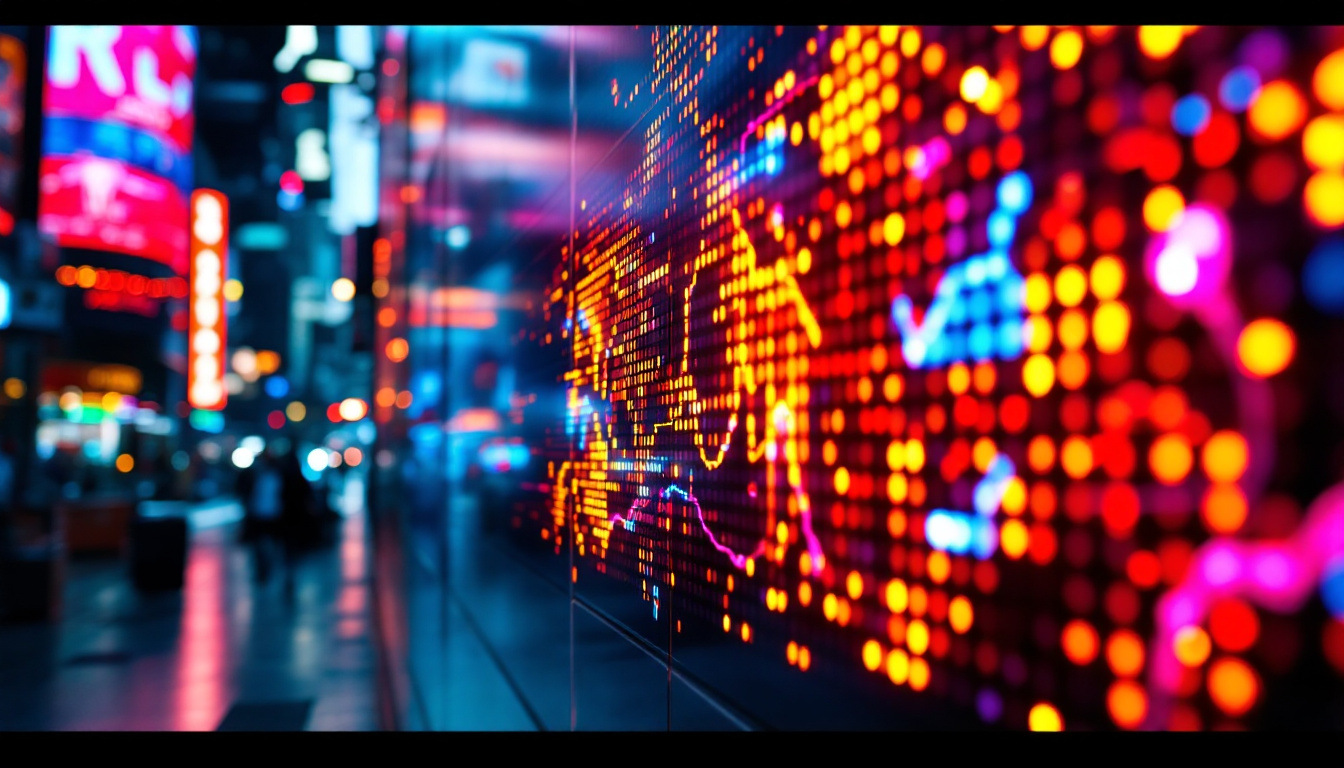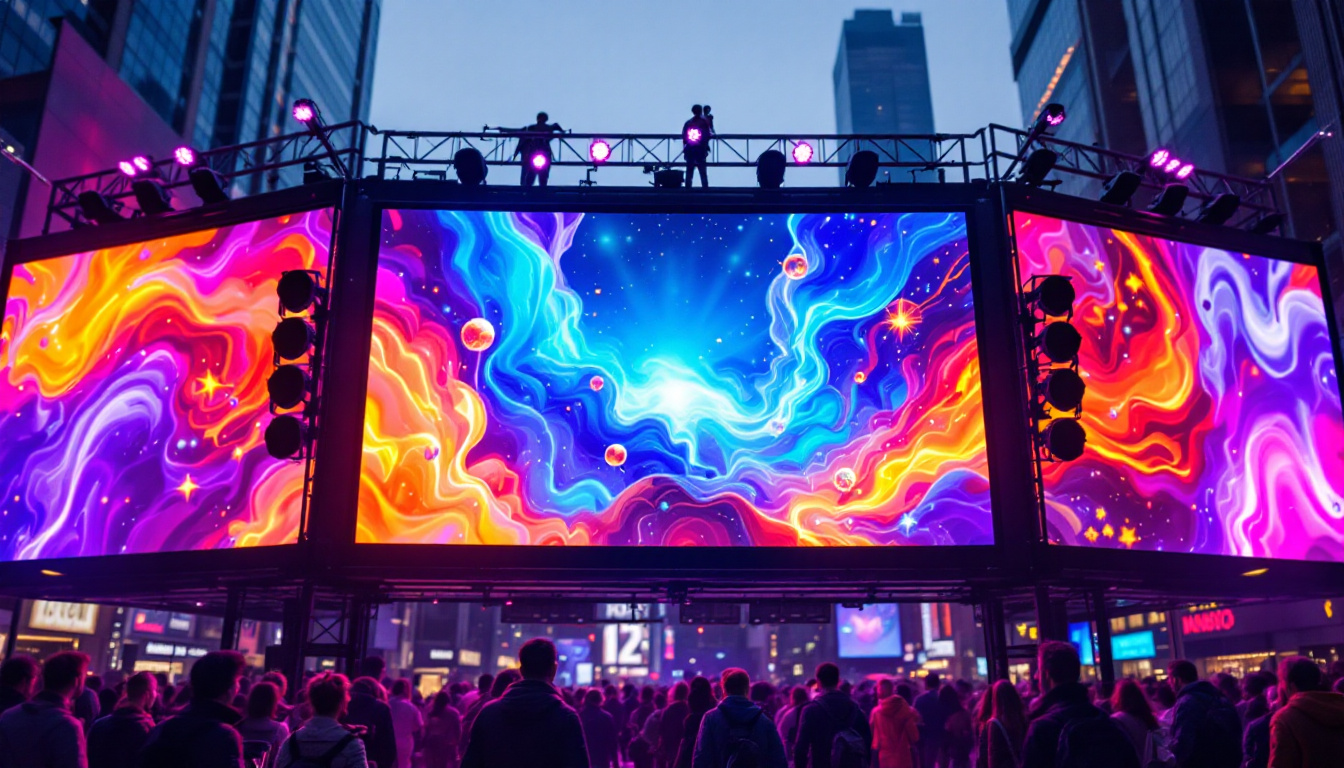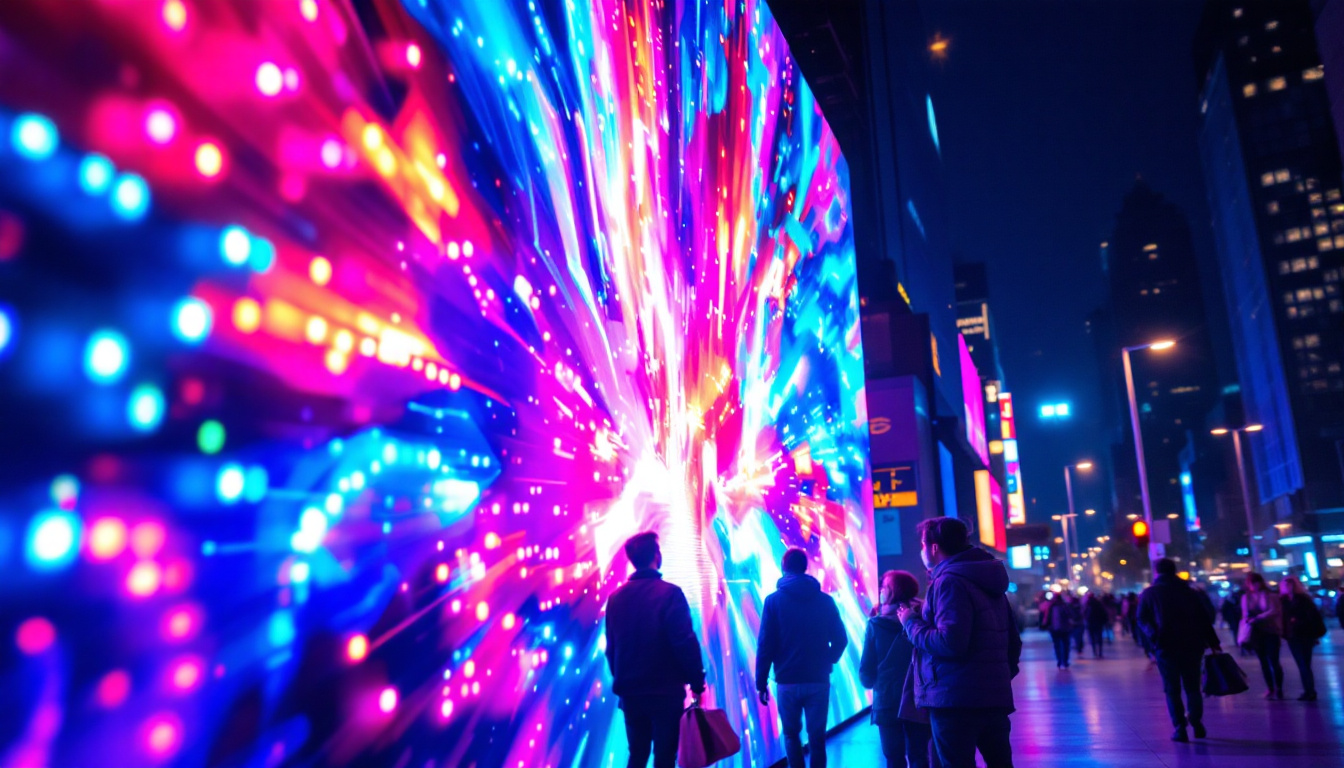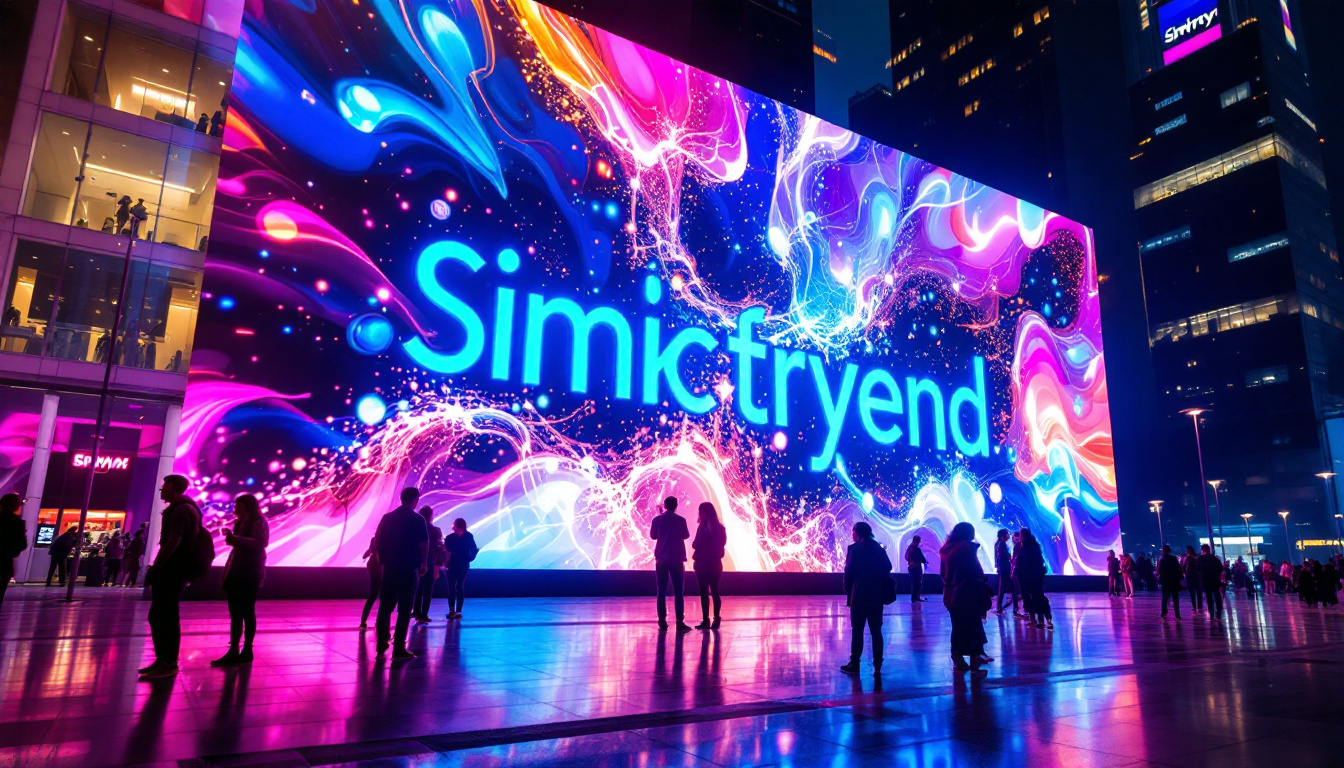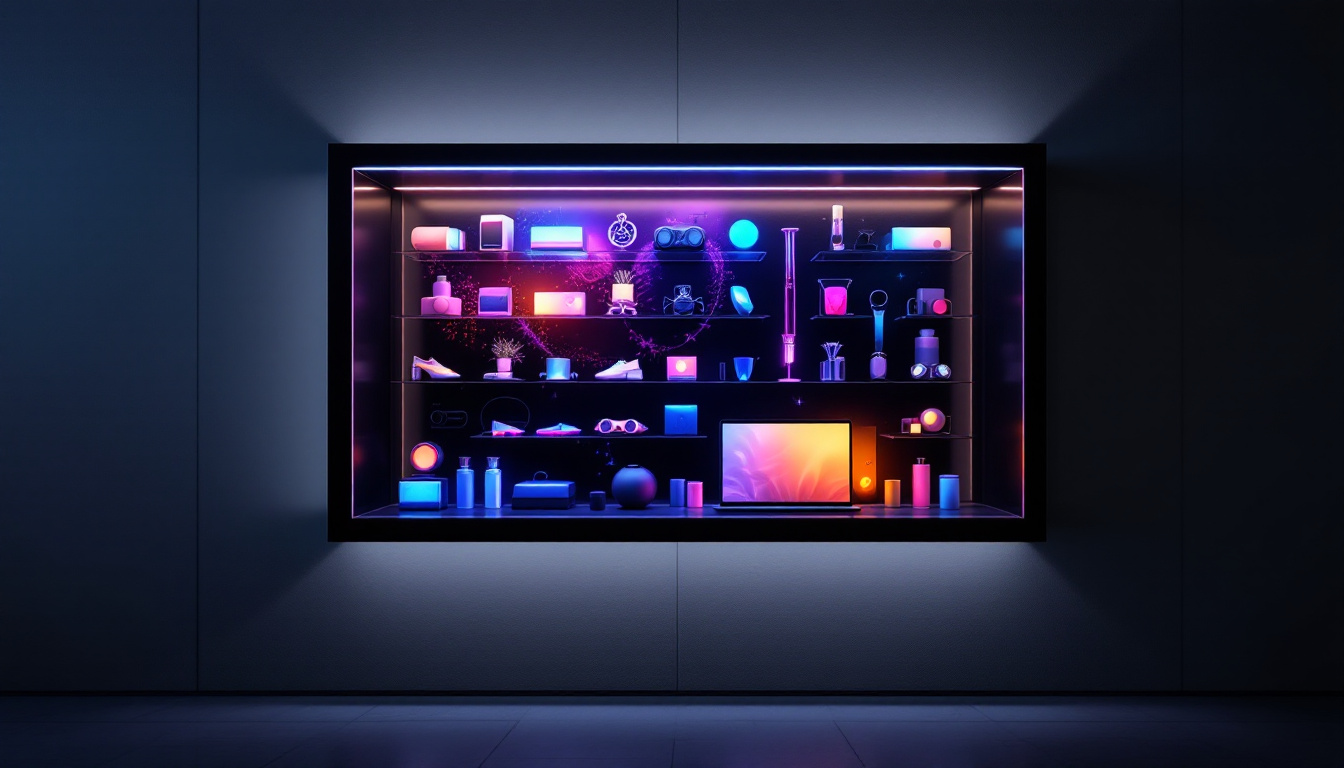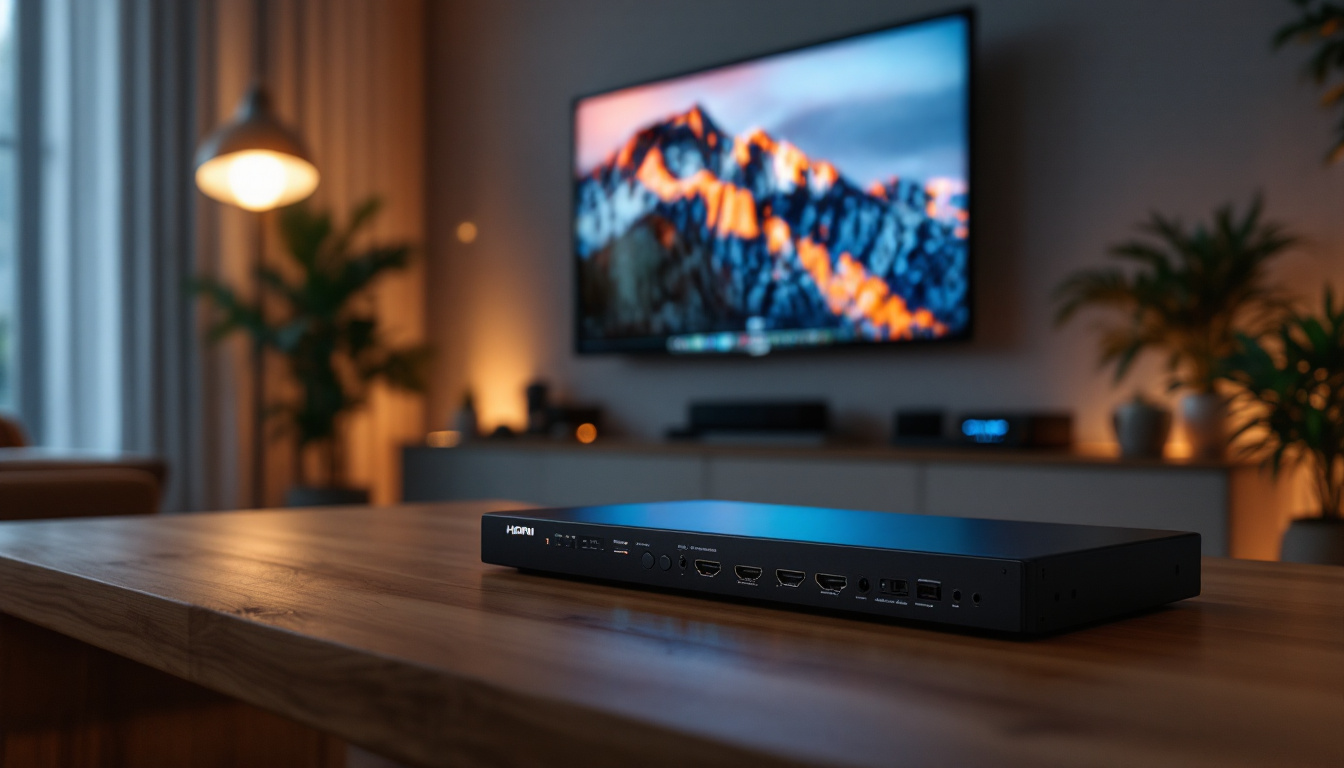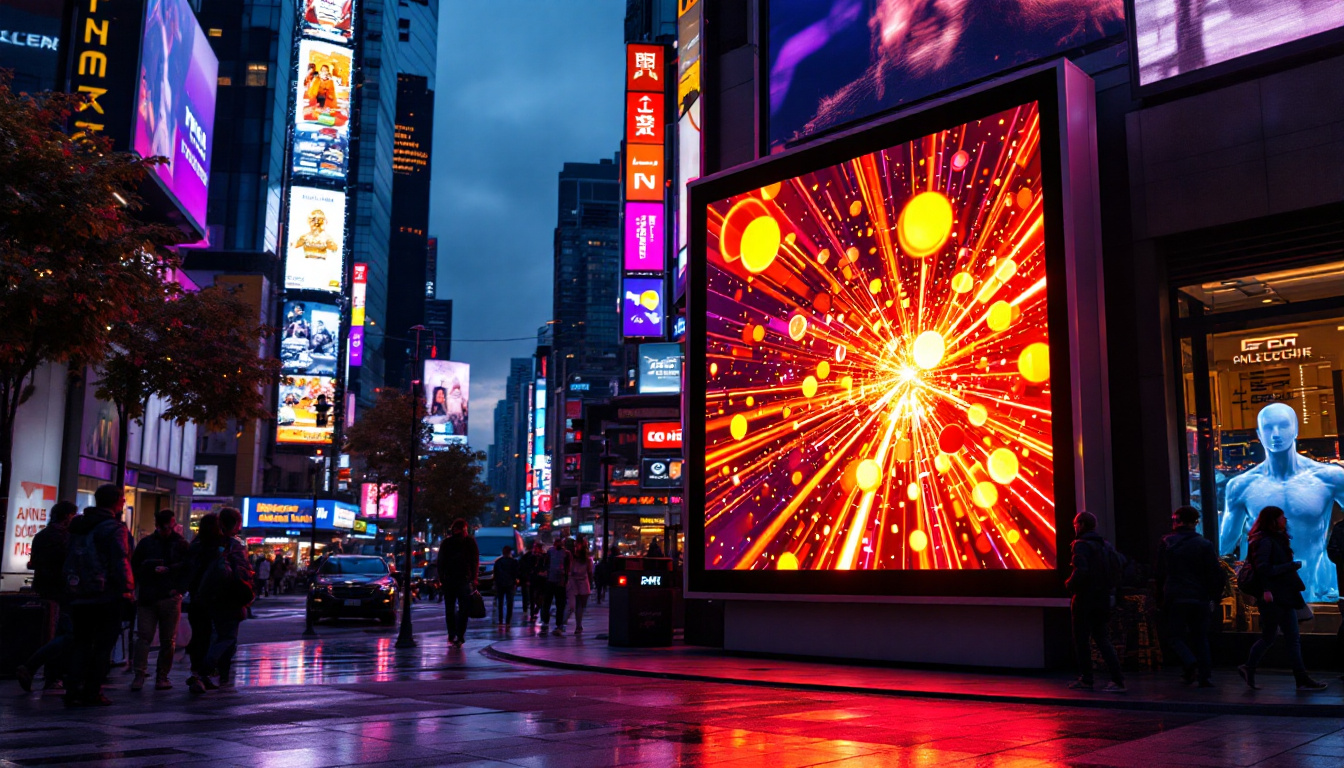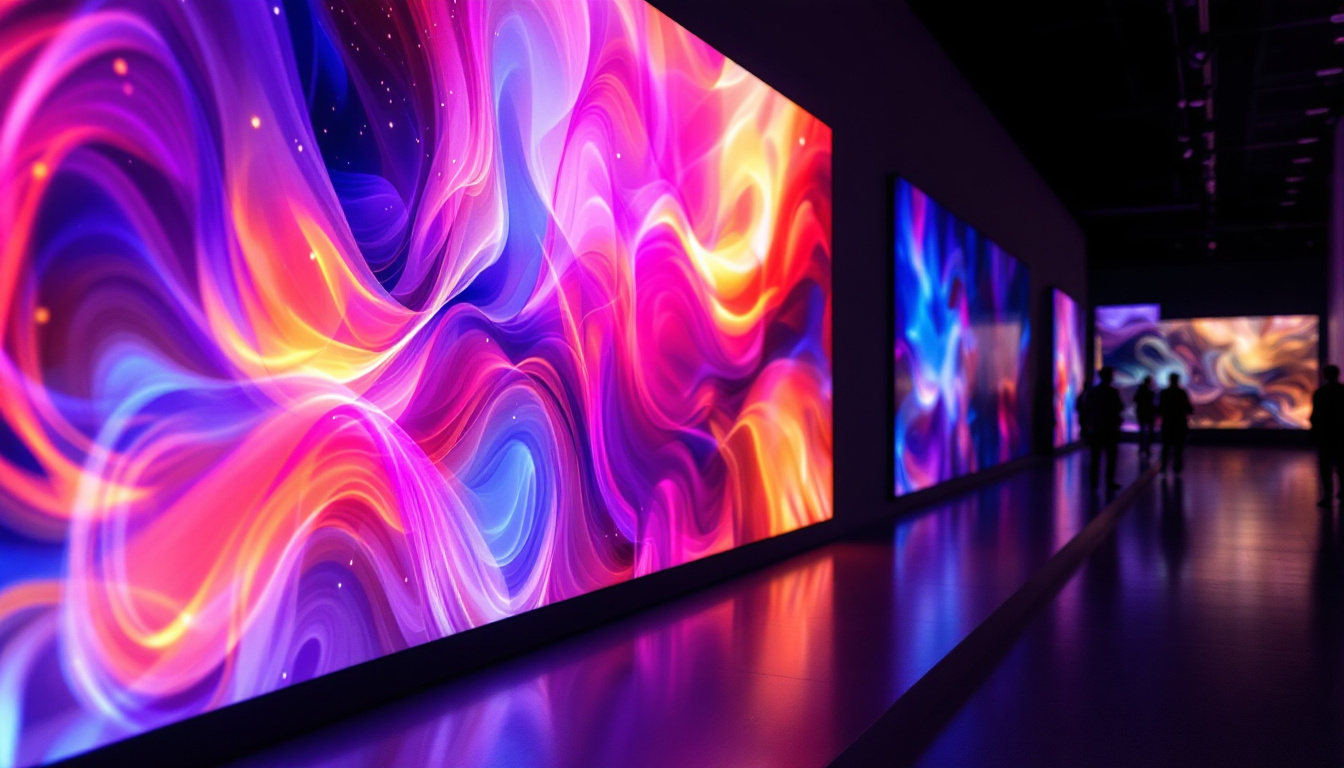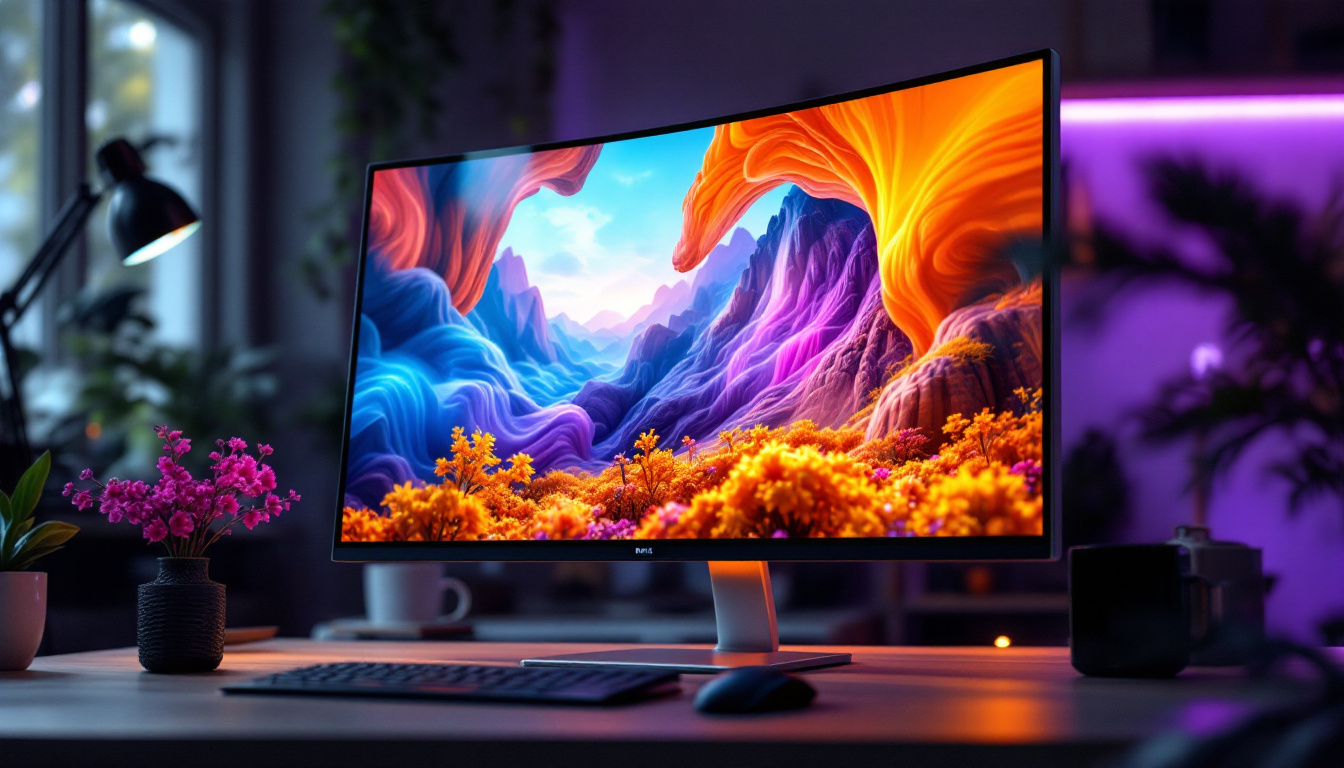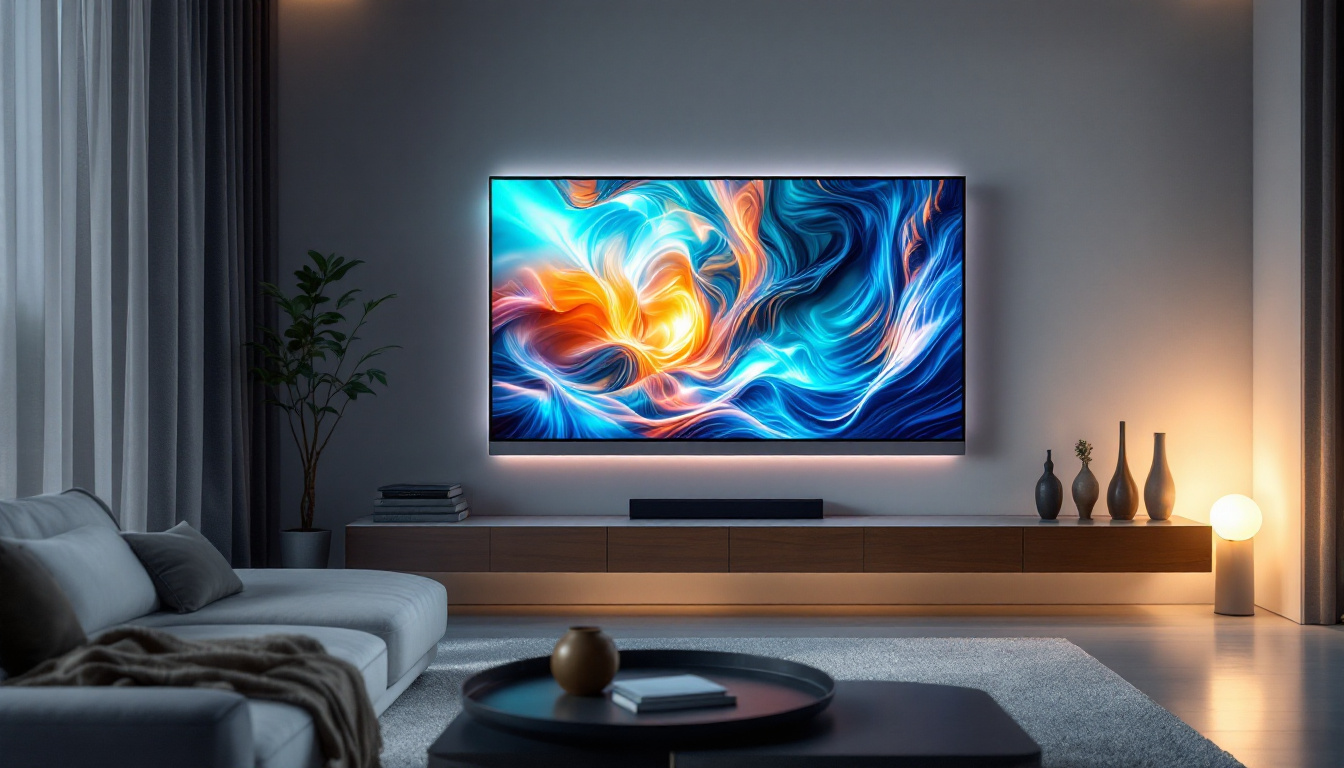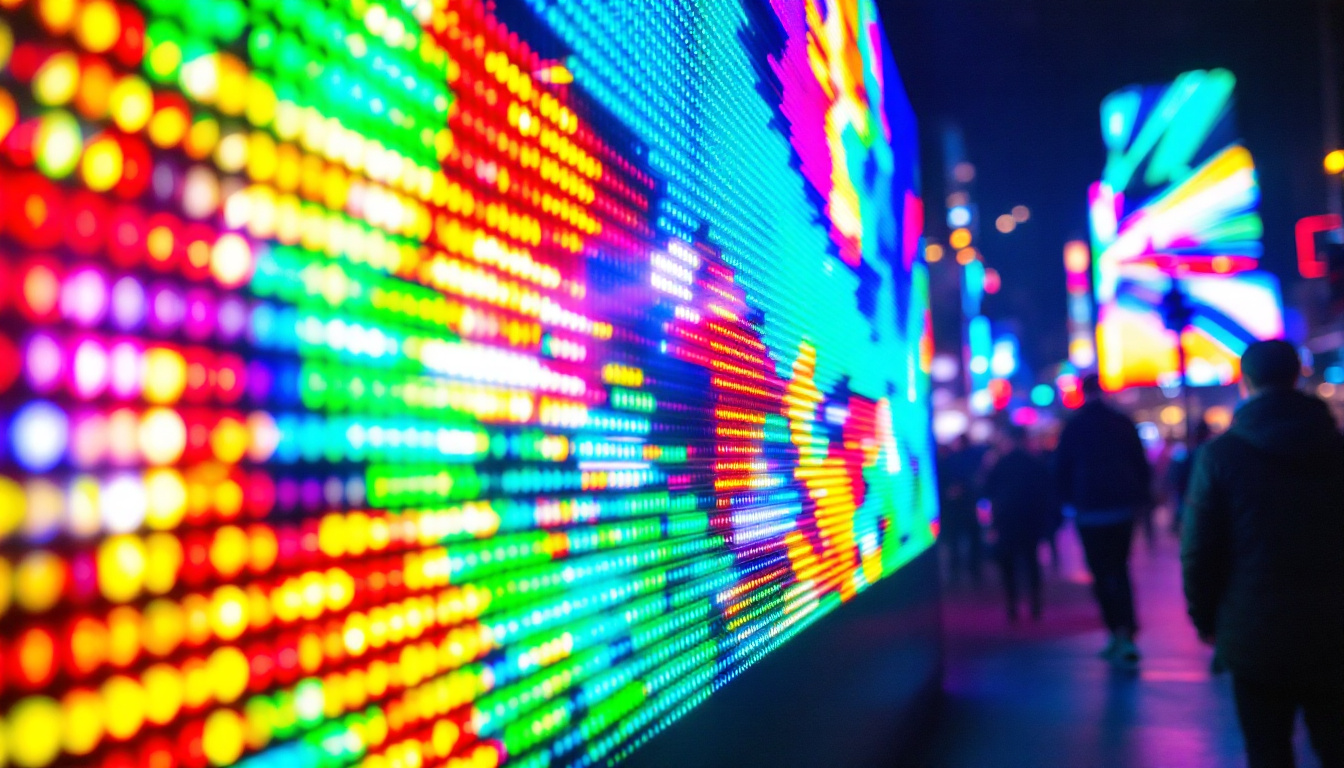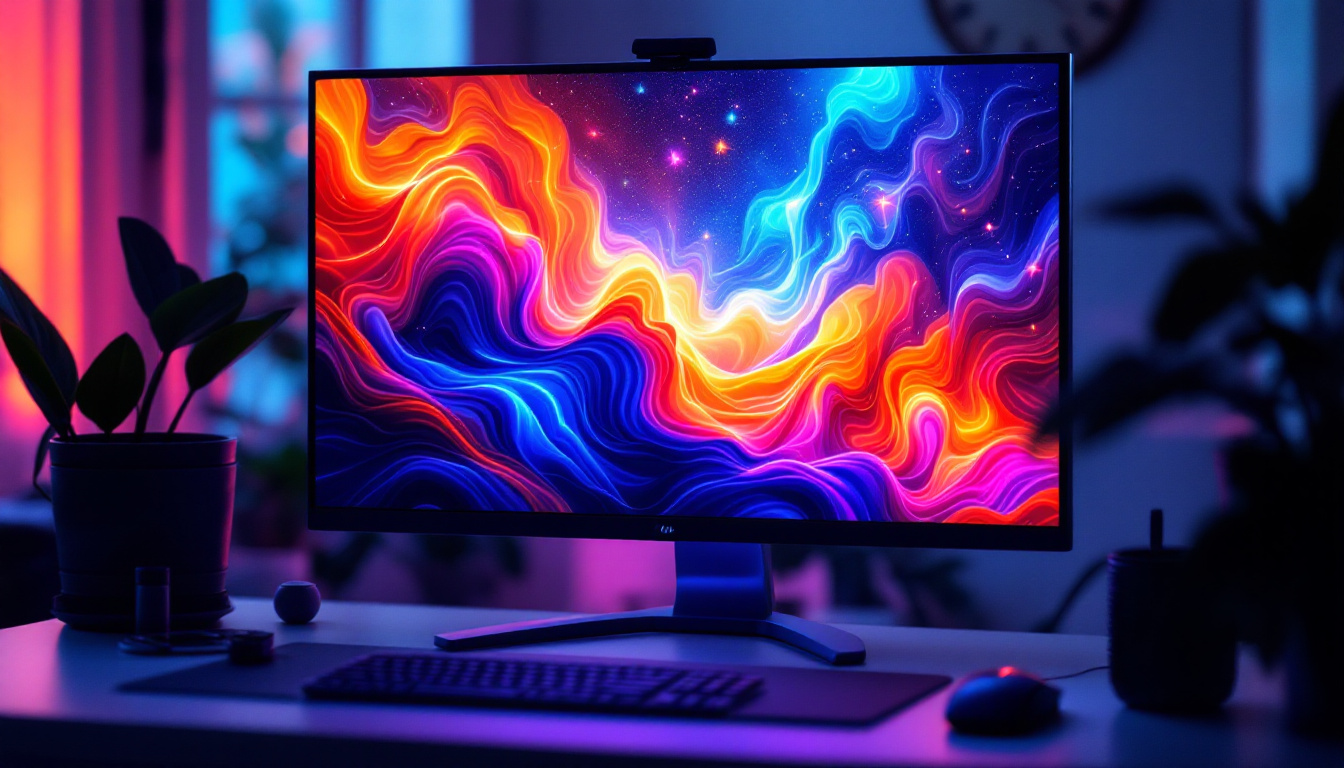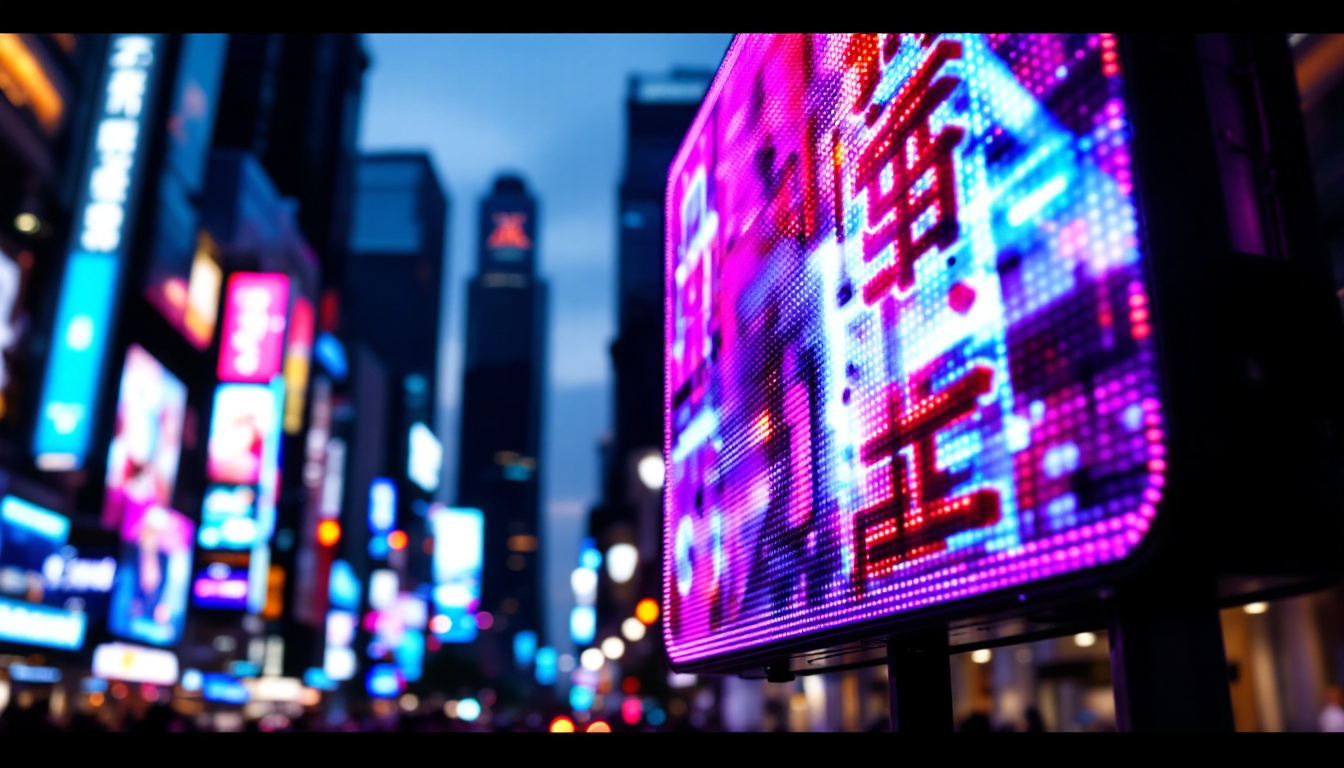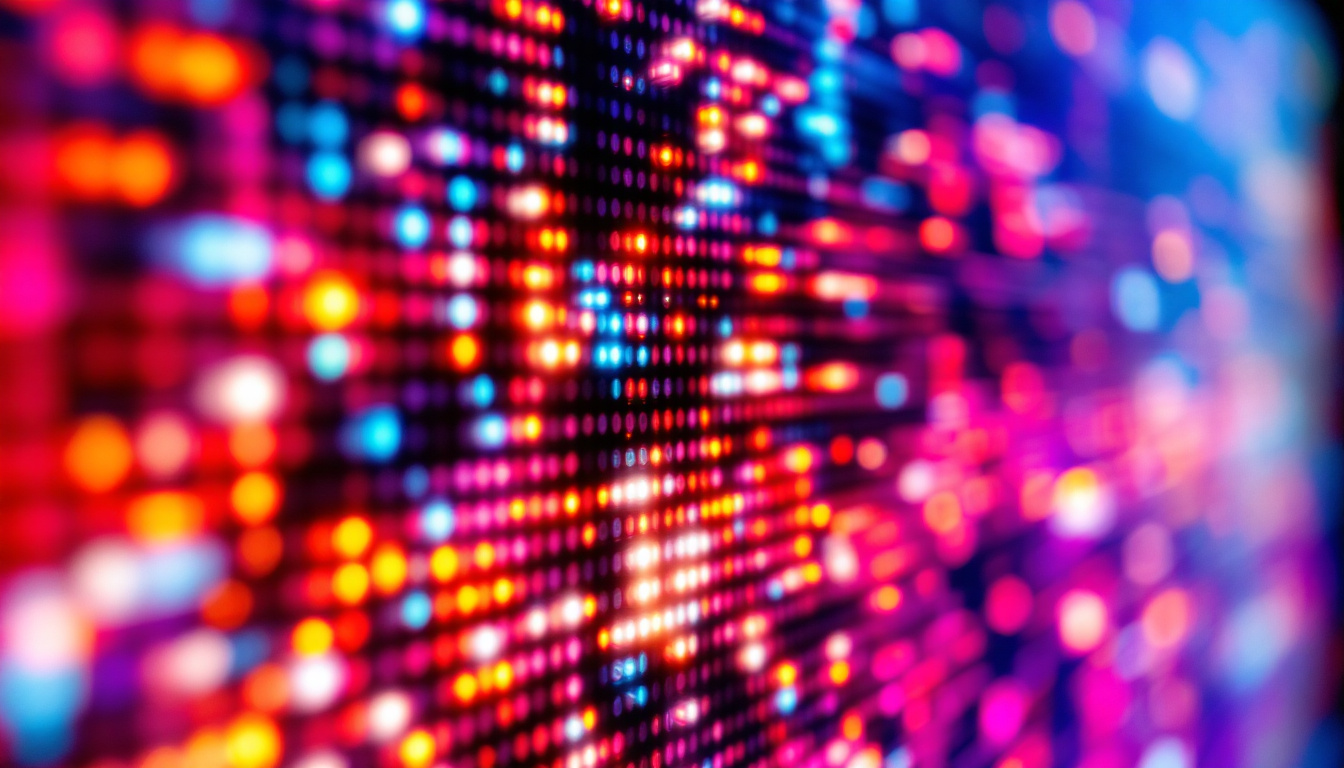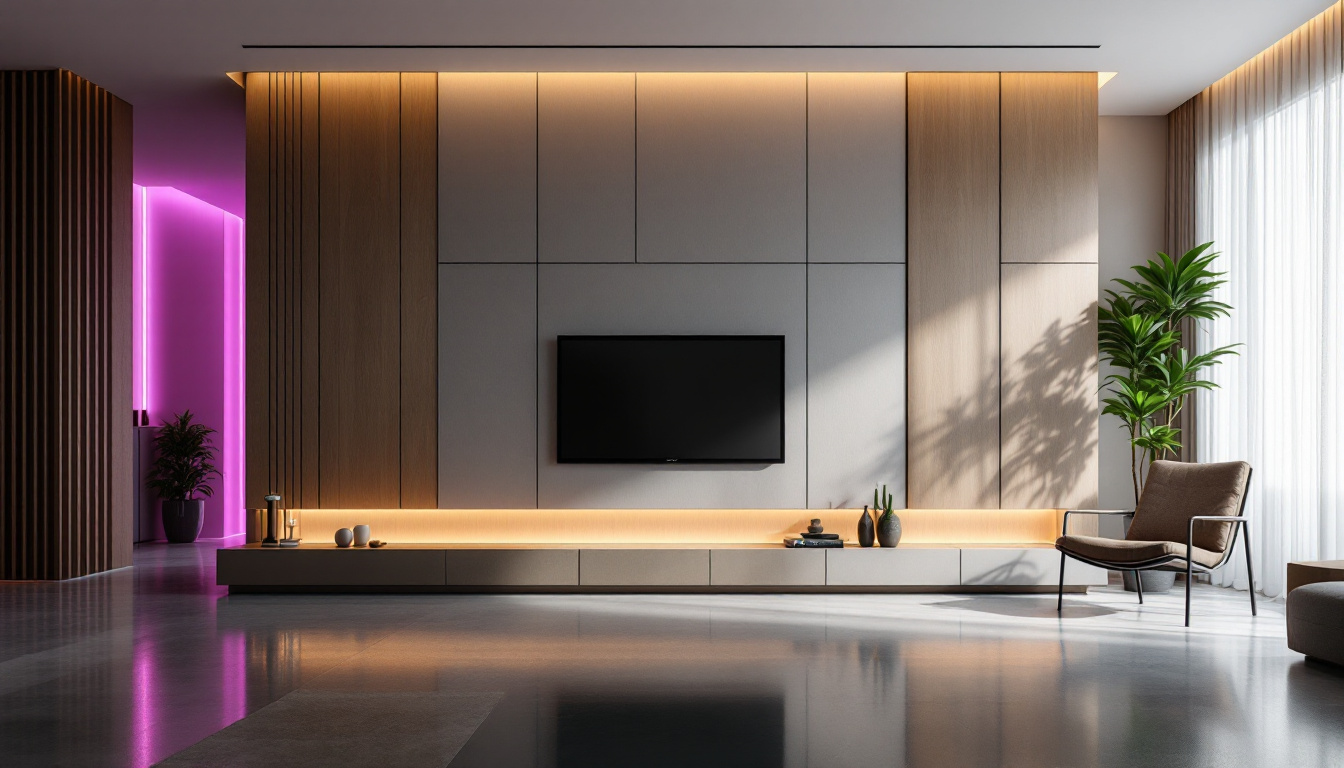In the realm of modern technology, LED displays have become ubiquitous, transforming how we consume information and entertainment. At the heart of these displays lies a crucial component known as lamp beads. Understanding what lamp beads are and how they function can provide valuable insights into the operation and advantages of LED displays.
The Basics of LED Technology
LED, or Light Emitting Diode, is a semiconductor device that emits light when an electric current passes through it. This technology has revolutionized various industries, from television and computer screens to advertising billboards and decorative lighting. The efficiency and brightness of LEDs make them an ideal choice for display applications. Beyond mere illumination, LEDs have also paved the way for innovations in smart lighting systems, where lights can be controlled remotely or programmed to change colors and intensity based on the time of day or user preferences, enhancing both functionality and aesthetics in modern environments.
How LEDs Work
At its core, an LED consists of a chip made from a combination of materials that create a p-n junction. When voltage is applied, electrons move across this junction, releasing energy in the form of light. The color of the emitted light depends on the materials used in the semiconductor chip. This simple yet effective mechanism is what allows LEDs to produce vibrant and diverse colors. Furthermore, advancements in technology have led to the development of white LEDs, which combine different colors of light to create a broad spectrum, making them suitable for general lighting applications, such as in homes and offices.
Advantages of LED Displays
LED displays offer numerous advantages over traditional display technologies. They are energy-efficient, have a longer lifespan, and provide superior brightness and contrast. Additionally, LEDs are compact and lightweight, making them suitable for a variety of applications, from small handheld devices to large outdoor screens. The durability of LEDs also means they are less prone to damage from impacts or environmental factors, making them an excellent choice for outdoor advertising and public displays. Their ability to operate well in a range of temperatures and conditions further enhances their versatility, allowing for creative uses in everything from stage lighting to architectural features.
Understanding Lamp Beads
Lamp beads are the individual components within an LED display that produce light. Each bead acts as a tiny light source, and when combined, they create the full image seen on the screen. The arrangement and quality of these lamp beads are critical to the overall performance of the display. In addition to their role in light production, lamp beads also influence factors such as energy consumption and the visual clarity of the images displayed. As technology advances, the design and manufacturing processes of lamp beads continue to evolve, leading to more efficient and versatile applications across various industries.
Types of Lamp Beads
There are several types of lamp beads used in LED displays, each with its unique characteristics. The most common types include SMD (Surface Mount Device) beads, COB (Chip on Board) beads, and traditional through-hole beads. SMD beads are widely used in modern displays due to their compact size and efficiency, while COB beads offer enhanced brightness and thermal management. Additionally, mini-LED and micro-LED technologies are gaining traction, providing even smaller and more efficient light sources that can deliver superior contrast and color accuracy, making them ideal for high-end displays such as televisions and smartphones.
Key Features of Lamp Beads
When evaluating lamp beads, several key features should be considered. These include luminous intensity, color rendering index (CRI), and thermal performance. Luminous intensity measures the brightness of the bead, while CRI indicates how accurately the light represents colors. Thermal performance is crucial for longevity, as excessive heat can degrade the bead’s performance over time. Moreover, the encapsulation material used in lamp beads can significantly impact their durability and performance under various environmental conditions. For instance, high-quality encapsulation can enhance moisture resistance and protect against UV degradation, ensuring that the display maintains its vibrant colors and brightness over extended periods.
Applications of LED Displays
LED displays are utilized in a wide range of applications, from consumer electronics to large-scale advertising. Their versatility and adaptability make them suitable for various environments, whether indoors or outdoors.
Consumer Electronics
In consumer electronics, LED displays are commonly found in televisions, smartphones, and computer monitors. The high resolution and vibrant colors offered by LED technology enhance the viewing experience, making it more immersive and enjoyable. Moreover, advancements in LED technology, such as OLED (Organic Light Emitting Diode) and MicroLED, have further improved contrast ratios and color accuracy, providing consumers with an even richer visual experience. These innovations have led to the development of ultra-thin displays that can be seamlessly integrated into various devices, allowing for sleek designs that appeal to modern aesthetics.
Advertising and Signage
Outdoor advertising has been transformed by LED technology. Billboards and digital signage now leverage the brightness and clarity of LED displays to capture attention and convey messages effectively. The ability to change content quickly and remotely is a significant advantage for advertisers. This flexibility allows businesses to tailor their messages based on time of day, audience demographics, or even current events, maximizing engagement and relevance. Additionally, the energy efficiency of LED displays reduces operational costs, making them a sustainable choice for long-term advertising solutions. As cities become more digitally connected, the integration of LED displays into smart city infrastructure is also on the rise, enhancing public information systems and interactive kiosks that provide real-time updates and services to citizens.
Future Trends in LED Display Technology
The future of LED display technology is promising, with ongoing advancements that aim to enhance performance and broaden applications. Innovations in lamp bead design and manufacturing processes are expected to drive these improvements. As the demand for high-quality displays continues to rise, manufacturers are focusing on sustainability and energy efficiency, ensuring that new technologies not only meet consumer expectations but also contribute positively to the environment.
MicroLED Technology
One of the most exciting developments in the LED display industry is MicroLED technology. This approach utilizes microscopic LEDs to create displays with exceptional resolution and color accuracy. MicroLEDs promise to deliver even better performance than current LED technologies, making them a potential game-changer in the market. With their ability to achieve higher brightness levels and deeper blacks, MicroLEDs are particularly suited for high-end applications such as virtual reality, augmented reality, and large-scale outdoor displays. Furthermore, the modular nature of MicroLED technology allows for seamless scaling, enabling manufacturers to create displays of any size without compromising quality.
Flexible and Transparent Displays
Another trend gaining traction is the development of flexible and transparent LED displays. These displays can be integrated into various surfaces, allowing for innovative design possibilities in architecture and advertising. As this technology matures, it could redefine how we interact with visual media. Imagine storefronts that can display dynamic advertisements while maintaining visibility into the store, or smart windows that can transform from transparent to opaque at the touch of a button, providing both privacy and visual engagement. The potential applications extend beyond commercial use; in the automotive industry, flexible displays could revolutionize dashboard designs, offering customizable interfaces that enhance the driving experience while maintaining safety and functionality.
Conclusion
Understanding lamp beads and their role in LED displays is essential for appreciating the technology that shapes our visual experiences today. From consumer electronics to large-scale advertising, LED displays powered by lamp beads have transformed how information is presented and consumed. As advancements continue to emerge, the future of LED technology looks bright, promising even more innovative applications and enhanced user experiences.
Discover the Future of Visual Experience with LumenMatrix
Ready to elevate your visual communication to new heights? Explore LumenMatrix’s comprehensive range of LED display solutions, from the immersive Indoor LED Wall Display to the dynamic Outdoor LED Wall Display, and beyond. Whether you’re looking to captivate passersby with a Vehicle LED Display, engage sports fans with a LED Sports Display, or innovate with Custom LED Displays, LumenMatrix has the cutting-edge technology to bring your vision to life. Check out LumenMatrix LED Display Solutions today and join the revolution in creating impactful and memorable visual experiences.

